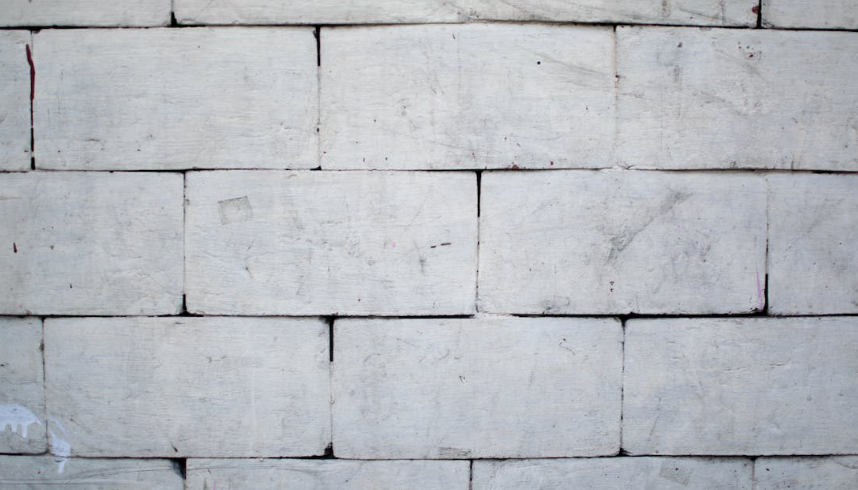When it comes to the strength of bricks, there are a few different types, each with its own strengths and weaknesses. Bricks that are produced in the United States, for example, have compressive strengths of seven to 103 MPa or approximately 1,000 to 15,000 lbf/in2. Their strength can also vary greatly based on their use. For example, clay bricks in England have strength ratings of up to 100 MPa. However, the strength of the average house brick is likely to range from 20 to 40 MPa.
Fly ash clay brick
Fly ash clay brick has high compressive strength. Its strength is equivalent to that of cement but is much lighter. The resulting bricks are uniform in size and smooth in finish. They are also cheaper than comparable clay bricks. The process of making fly ash bricks also saves the environment.
Because the bricks are light in weight, they are ideal for multi-story buildings. They also need less mortar than other types of bricks. As a result, they can be used for both load-bearing external walls and non-load-bearing internal walls. In addition, fly ash bricks are environmentally friendly and have a high fire insulation rating. Due to these qualities, their use in construction has increased dramatically, especially among government agencies.
Another benefit of using fly ash brick is that it does not absorb heat and is smooth. This means that bricks made of fly ash do not need to be plastered. They also provide excellent light reflection. They are also suitable for sound insulation. Furthermore, they are fire-resistant and don’t harbor vermin. Their moisture content is also high, making them a durable and long-lasting building material.

Concrete brick
There are several types of bricks, each of them designed for specific applications. The most popular ones are clay-based and are classified according to their weight, porosity, and strength. Concrete brick, meanwhile, is made from a mixture of concrete and cement. This material is stronger than clay bricks but has a lower weight.
The traditional form of brick is clay brick, which is pressed into molds and then dried in kilns. They are the oldest building materials known to man. While clay bricks are made from clay, concrete bricks are made from Portland cement and water, sometimes with other materials. These bricks typically have a compressive strength of around three to four thousand psi.
Bricks are among the strongest types of building materials. Due to their high compressibility, they are resistant to fire. Because bricks burn slowly, there is little space for the flame to spread. As a result, they have one of the highest fire safety ratings. They can withstand massive fires better than most other materials.
Clay brick
The compressive strength of clay bricks is approximately 2.5 to three times higher than that of concrete bricks. But it is important to note that bricks’ strength also depends on the mortar used to hold them up. A cement-rich mortar can withstand three times the pressure of a lime-dense mortar.
Most building materials will expand and contract in response to changing weather conditions. This movement needs to be compensated. Cement bricks and clay bricks will both expand and contract over time, so when building a large structure, you should account for this movement around windows and door openings. If you plan to use cement bricks, consider adding joint reinforcing steel to minimize cracking.
Fly ash bricks are another type of brick. This material is produced using fly ash, which is a byproduct of burning coal. The brick has a higher calcium oxide content than regular clay brick. This brick is also lighter than clay bricks and has good fire insulation qualities.
Overburnt brick
The most durable brick is the overburnt brick, which is the strongest of all brick types. The unburnt brick is relatively light and does not have the same strength as the other types of brick. However, it looks attractive and is great for rustic designs. It also decreases the interior temperature of a building, so it is best used outdoors. Bricks of this type are not used for interior walls in residential buildings. Other common building materials include concrete bricks. These bricks are made by mixing powdered Portland cement with water and sand.
Crushed brick is also the most common brick type. This brick has high compressive strength and a low absorption capacity. It is used for one-story buildings and temporary sheds. Its shape and color are irregular, but they are strong and durable. They are also used for floors and foundations.
